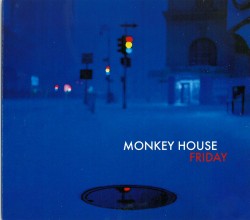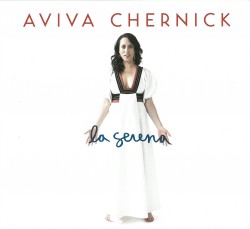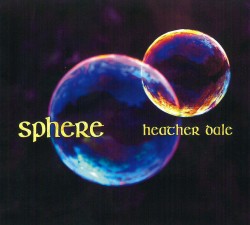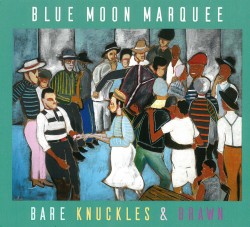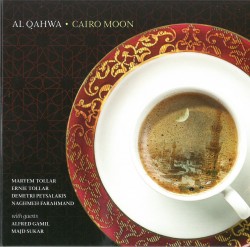On Firm Ground/Tierra Firme - Jane Bunnett and Maqueque
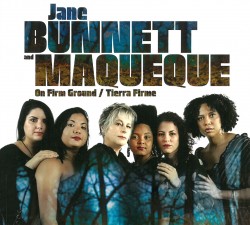 On Firm Ground/Tierra Firme
On Firm Ground/Tierra Firme
Jane Bunnett and Maqueque
Linn Records 270404 (linusentertainment.com)
Jane Bunnett and the all-female collective Maqueque, return for their eagerly anticipated third release. In the less than two years since their previous recording, Oddara (see my December 2016 WholeNote review), the group has been touring internationally, with visits to Colombia, Brazil, Panama and Cuba, as well as to American jazz festivals, plus the Lincoln Center. And it shows.
Their third recording – a testament to hard work, virtuosity and great chemistry – showcases 12 new compositions including three by award-winning soprano saxophonist/flutist Bunnett, plus contributions by each band member. The upbeat opener, La Linea, features an imaginative arrangement with flute doubling saxophone, amidst powerful contrapuntal vocal lines and choruses. The rhythm section is outstanding, fuelled by percussionist Mary Paz and drummer Yissy Garcia. The aptly titled Momentum, by co-producer Larry Cramer, takes off at a breakneck pace with piccolo doubling the flute melody over the percussion section. Bunnett then launches into a magnificent flute solo which leads the group into a unison vocal line and chorus to take the piece to its exciting conclusion. Sky High showcases a soaring flute and vocal melody, and a McCoy Tyner-influenced piano solo by Danae Olano.
Special mention goes to Tailín Marrero for her stunning composition, Musica en el Alma, a sonic celebration of the exhilaration and joy of playing together. There is much to admire and inspire on this recording. For Maqueque, it seems that the sky is certainly not the limit!


